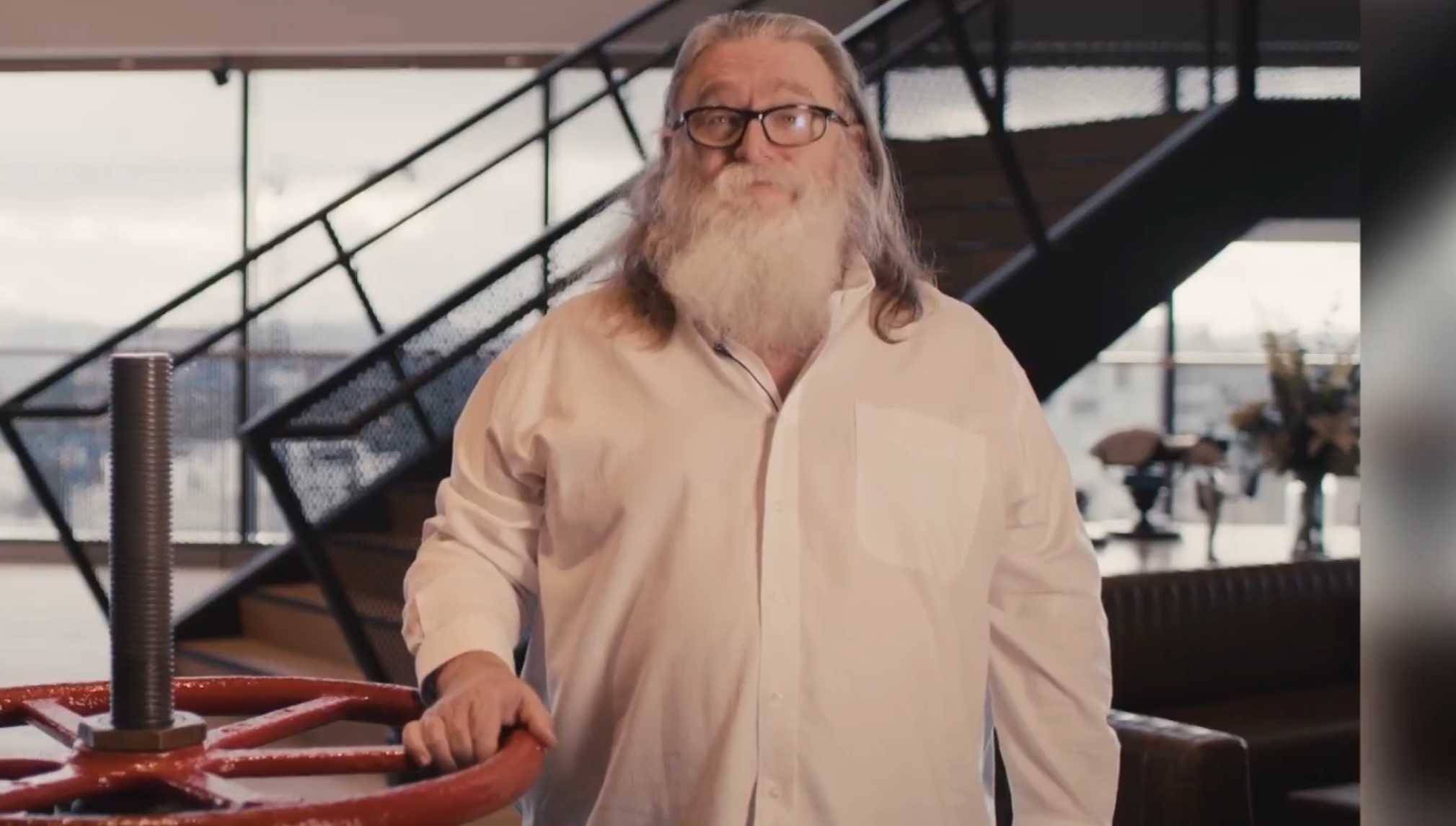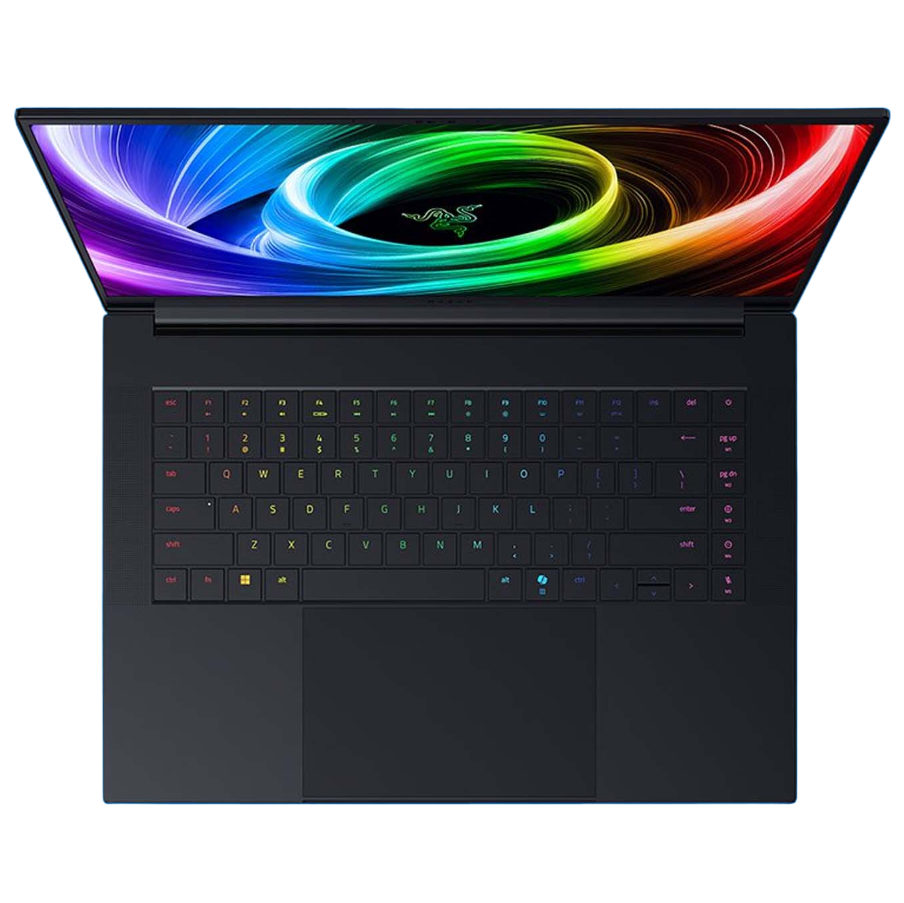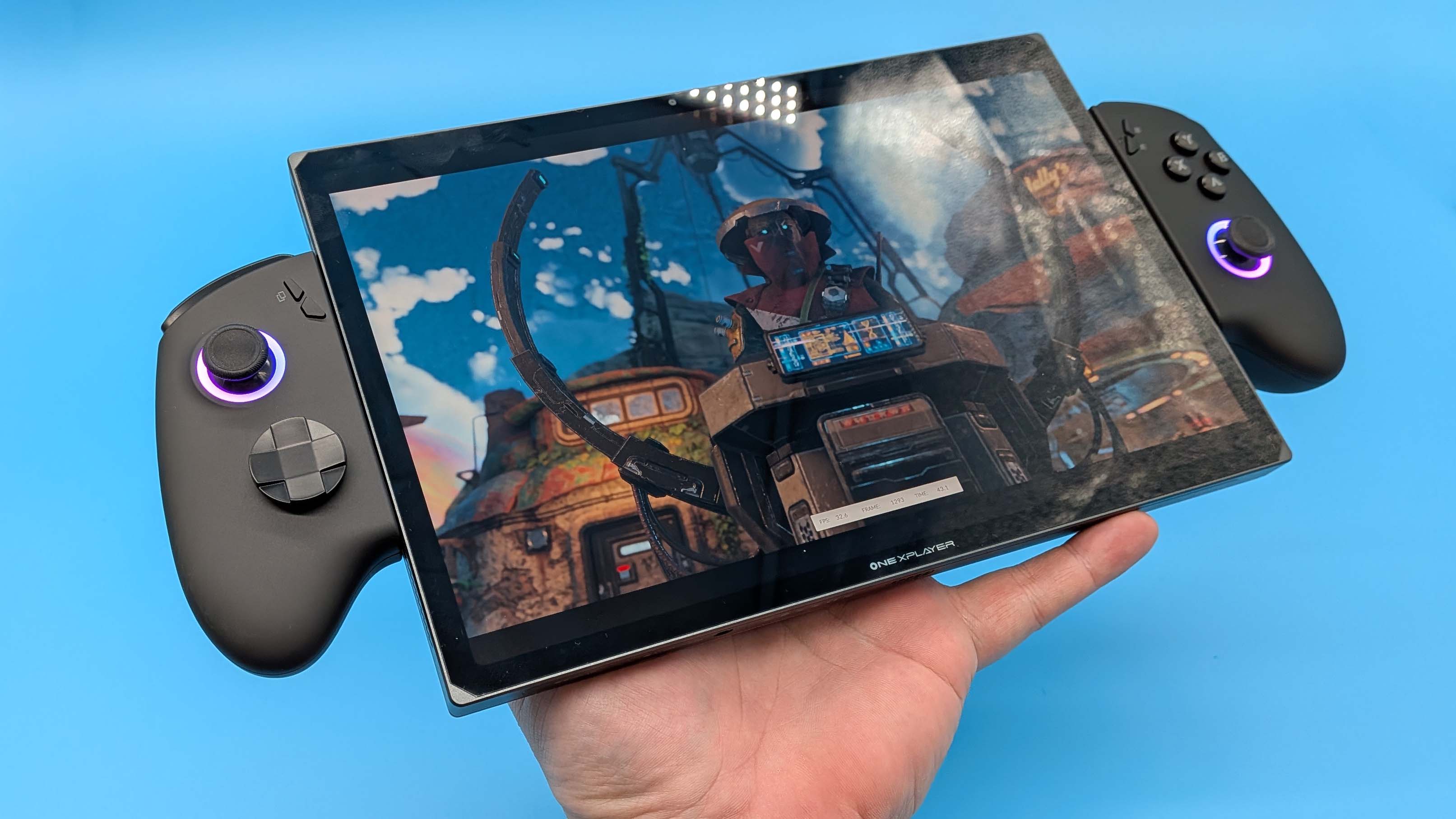The first 'real videogame' Gabe Newell played was Star Trek, where you made your choices via punch cards before running over to the printer: 'It usually takes about 15 minutes to do a move'
"This was just a complete distraction or a waste of time versus what I was supposed to be doing."

Valve co-founder and yacht-loving billionaire Gabe Newell has granted a new interview to the YouTuber Zalkar Saliev (TikTok, IG). The chat covers everything from Newell's current daily routine ("get up, work, go scuba diving") to his earliest days as a programmer: and how he ended up at Microsoft.
One particularly interesting digression comes when Newell first gets access to a computer: until that point, the only programmable device he'd known was his Texas Instruments calculator. A common element in the youth of people who went on to do great things in the computer industry, in the early 1970s, was being near an educational institution that actually had a computer: and would let the kids play around with it.
In Newell's case, his high school had an arrangement with the University of California, Davis, where students could access a computer. I believe it was this exact machine: The Raytheon 703.
"We would do what was called batch programming," recalls Newell, "where you create a punch card and then run the punch card through the punch card reader, and then run over to the line printer and see what your output was."
Newell says that videogames didn't really exist when he was a kid: they existed on university mainframes, sure, and there had been pioneering machines like the Odyssey, but the real massmarket breakthrough would come with Atari and Pong.
"So the very first sort of real video game I played was a game called Trek which printed out the [Starship] Enterprise as E and the Romulans as an R, the Klingons as a K, and the star was an asterisk," says Newell.
The game Newell's talking about is, I believe, a variant of Mike Mayfield and Bob Leedom's 1971 Star Trek. Funnily enough this was created at the University of California, Irvine.
Keep up to date with the most important stories and the best deals, as picked by the PC Gamer team.
"Then you use the same random number seed at the beginning of each of your batch jobs so you can just do the next move," recalls Newell. "So 'frames per second' at that point were more like 'minutes per frame', and it usually takes about 15 minutes to do a move. So once again this was just a complete distraction or a waste of time versus what I was supposed to be doing."
Newell is of course being overly self-deprecating. His passion for coding would see him begin to study programming at Harvard, before a chance encounter with Steve Ballmer saw him hired at Microsoft. "I kept saying 'I have to go back and finish my degree' and, 13 years later, I still hadn't gone back and finished my degree," says Newell. "So that's where I learned the profession of being a developer."

👉Check out our list of guides👈
1. Best gaming laptop: Razer Blade 16
2. Best gaming PC: HP Omen 35L
3. Best handheld gaming PC: Lenovo Legion Go S SteamOS ed.
4. Best mini PC: Minisforum AtomMan G7 PT
5. Best VR headset: Meta Quest 3

Rich is a games journalist with 15 years' experience, beginning his career on Edge magazine before working for a wide range of outlets, including Ars Technica, Eurogamer, GamesRadar+, Gamespot, the Guardian, IGN, the New Statesman, Polygon, and Vice. He was the editor of Kotaku UK, the UK arm of Kotaku, for three years before joining PC Gamer. He is the author of a Brief History of Video Games, a full history of the medium, which the Midwest Book Review described as "[a] must-read for serious minded game historians and curious video game connoisseurs alike."
You must confirm your public display name before commenting
Please logout and then login again, you will then be prompted to enter your display name.

